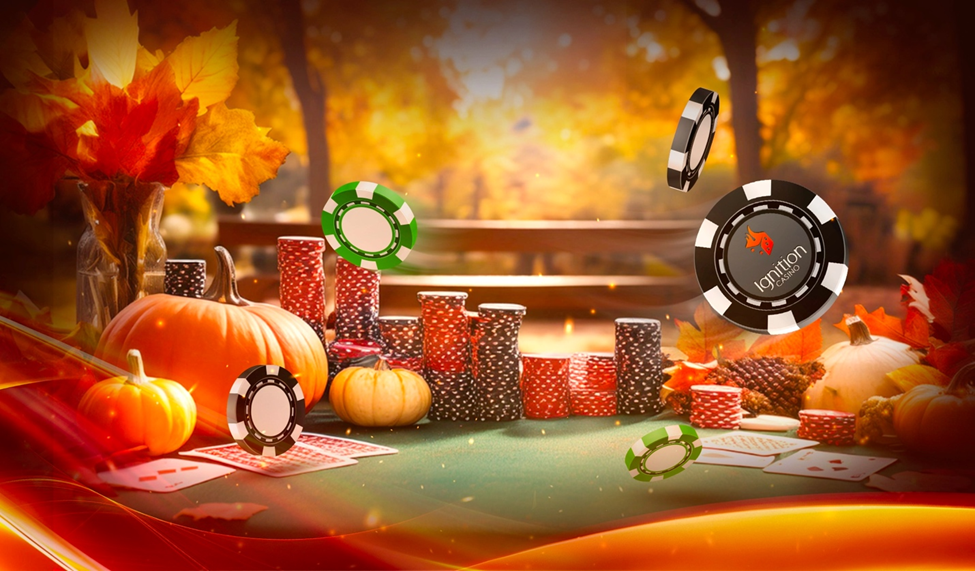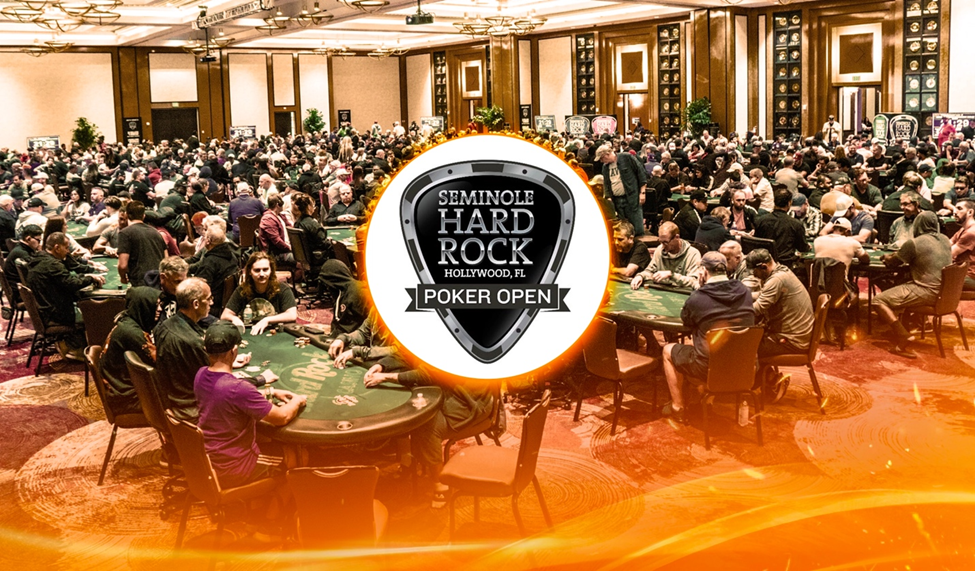
There are many Thanksgiving traditions we all know and love. There’s the turkey, of course, and all the food you find on a Thanksgiving table, like stuffing, mashed potatoes, and cranberry sauce. There’s entering a food coma afterward while football plays on the living room TV. And, of course, there’s the best tradition of them all: poker.
It’s the perfect time to bust out the cards and chips. Everyone is gathered. No one has anything to do. If there’s something that can distract a family from tearing itself apart over politics, it’s a lively game of cards.
In fact, the history of Thanksgiving as a national holiday unfolded with some back-and-forth competition that played out just like a poker tournament; a tale of politics, strategy, and a whole lot of luck.
The First Thanksgiving
Over the years, the holiday we know as Thanksgiving has evolved into a celebration of gratitude, delicious food, and spending time with loved ones. It’s a time when kitchens are bustling, football games dominate TV screens, and pie is considered a food group.
Interestingly, Thanksgiving as we know it didn’t always exist. In early American history, various days of thanksgiving were declared for all sorts of reasons—sometimes after good harvests, other times to mark military victories or even just to give thanks for surviving the year. It wasn’t until much later, in the 19th century, that Thanksgiving became a national holiday.
The Campaign for a National Thanksgiving Day
When America eventually became a nation, presidents like George Washington would also call for national days of thanksgiving. Yet, the holiday lacked a consistent date and structure.
The push for a fixed Thanksgiving Day finally came from Sarah Josepha Hale, a determined writer and editor. She campaigned for a Thanksgiving Day that all across the nation would celebrate. For decades, Hale wrote editorials and letters to political leaders, emphasizing the need for a unifying national celebration of gratitude and harvest.

Her efforts finally bore fruit when President Lincoln, in the midst of the Civil War, proclaimed a national Thanksgiving Day in 1863. This was on the heels of various Thanksgiving days celebrated by both sides of the war following certain victories. Lincoln’s proclamation brought unity to a divided nation, establishing Thanksgiving as a moment for gratitude amid hardship.
No NFL yet, nor widespread acceptance of cranberry sauce, but we were getting closer. The important thing was that everyone walked away from the final table with a little something.
Subsequent presidents continued the tradition, but it was not formalized as a fixed-date holiday until 1941 when Congress finally passed a law making Thanksgiving the fourth Thursday in November (the law makes no mention of “Black Friday” or the newfangled “Cyber Monday.”)
Poker as a Thanksgiving Tradition
This Thanksgiving, honor our shared national heritage and have a day of thanks. Then, kick back, loosen your belt buckle (the one on your hat, of course), and deal out a game of poker. Now, if you don’t have a family to play poker with, there’s still a game for you. You can hit up Ignition Casino, where poker tournaments are always on.
And if family gatherings aren’t your thing – there are also big-time live games, like the Seminole Hard Rock ‘Rock ‘N’ Roll Poker Open Championship Event. This major tournament is held annually at the Seminhole Hard Rock Hotel & Casino in Hollywood, Florida over the Thanksgiving weekend and beyond, offering a range of games including No-Limit Hold’em, Pot-Limit Omaha, High Roller events, and Bounty Tournaments, and culminating in a $3,500 buy-in World Poker Tournament (WPT) Championship Event.



